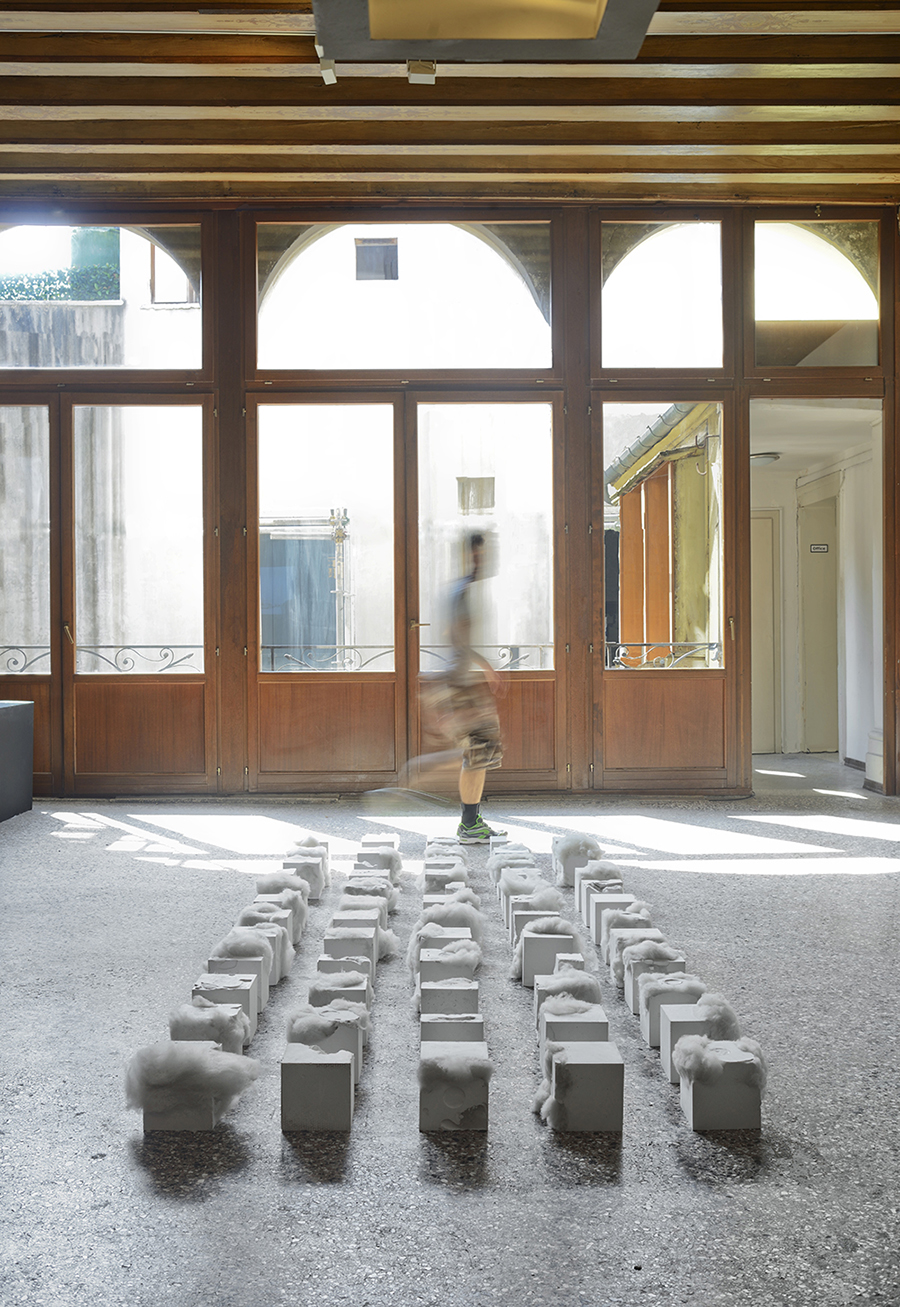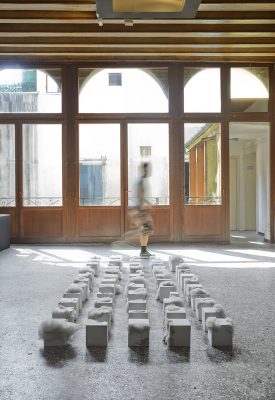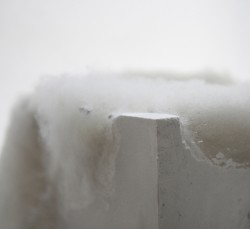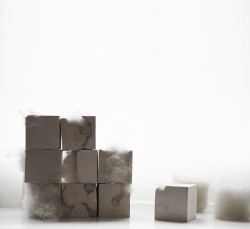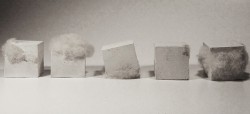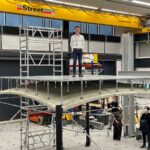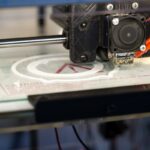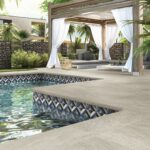MEMBRANE, Architecture and Textile, Building Skin, Architectural Clothing Design
MEMBRANE dialogue: architecture and textile
Permeability Design Discussion – article by Petra Gipp
25 Nov 2014
MEMBRANE – a dialogue between architecture and textile
Architecture Skin – Textile Building
Membrane (latin membra’na, skin, from membrum, member of the body)
A membrane is a pliable and selectively permeable layer, covering surfaces or separating connecting regions, structures, or organs of an animal or a plant.
This project inserts itself in the ancient dialogue between architecture and textile. It develops spatialities between the heavy and the light, the hard and the soft, the specific and the general, the material and the immaterial, through the interaction and manipulation of two different materials, two different orders and two different material states. Our investigation considers the impact of the selective qualities of the membrane, how its’ different levels and forms of permeability effects both the membrane and that which is permeated. The membrane constitutes our framework of transformation. A barrier is not absolute within the context it forms. Instead it is, in its turn, formed by that same context.
Raw wool presents considerable compressive strength and is essentially impermeable to water as well as to plaster in its liquid state. The fibers of the wool have crimp and are covered by overlapping scales. These qualities make the fiber attach to each other and form a to plaster impermeable membrane.
This impermeability combined with the resilience of the crimped fiber, allows for the wool to sustain its’ integrity of shape as liquid plaster is poured around it. The wool carves out its space in the plaster. As the plaster cures, the memory of its liquid encounter with the wool is preserved in its rigid form. The cured traces of the wool form a record of qualities otherwise imperceptible to us and materializes the outer limits of the wool, which are otherwise elusive.
By introducing a formwork in the shape of a cube, the result of the interaction between the two materials is collected and the soft geometries are contrasted by hard ones. Cultural narratives of the different forms and materials collide as the generality of the white plaster cube is invaded by the specifics of the organic wool and each cast presents an individual character. The dissolution of the hard outline and the emergence of these willful cubes, projects further interactions.
As the casts are gathered, the voided figures start to interact across the units. The expression of each character shifts with the individual’s place in the group and relation to the ground. The casts form the members of a new membrane of sorts. This membrane lets light, space and view through its’ different parts. It pulls in, throws out and reflects its surroundings.
By tracing an imperceptible membrane, the work becomes the materialization of layers of reciprocity between the form and the forming, a manifestation of memories of becoming.
This project has been developed by Akane Moriyama, Petra Gipp, Malin Heyman, Maria Cagnoli and Marco Nathansohn.
MEMBRANE – a dialogue between architecture and textile images / information from Petra Gipp
Location: UK
Membrane architecture – Windshape France:
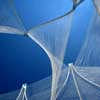
photo courtesy of nARCHITECTS
Architecture Articles
Architectural Posts Selection
Real Synthetic Architecture : article by Brian Carter
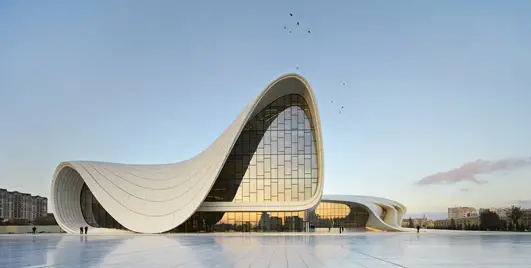
photograph : Hufton + Crow
Architectural Narrative : article by Trevor Tucker
Old World / New World Architecture : article by Brian Carter
Sustainable Architecture Design : article by Trevor Tucker
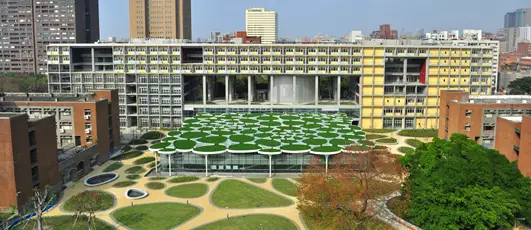
photograph courtesy of Toyo Ito & Associates
Comments / photos for the MEMBRANE – a dialogue between architecture and textile Article by Petra Gipp page welcome

